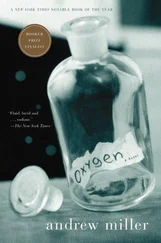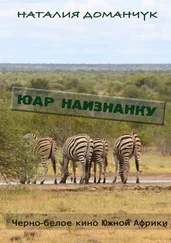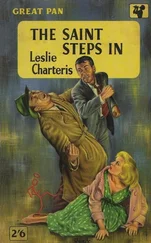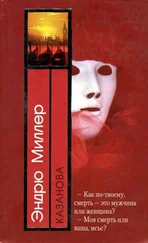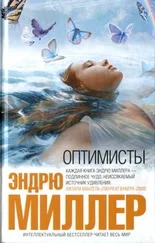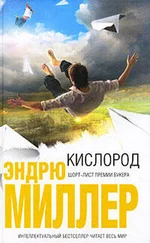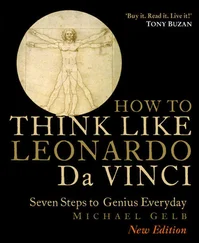Camille is an African special, a cross of a multitude of continental feline influences, from the lion to the pet shop. Her markings are a mix of brown swirls and black accents, a shocking white chest plate and equally crisp white half-socks. She was born to Caesar and Condeleza, cats Mary secured for her first kids and who bred furiously (the cats, I mean) once they had settled into domestic life.
I couldn’t resist. She was sitting there waiting in that kitten box, calm and studied, and I picked her up and took her home.
Now we are together and we observe. I tell her what I think and she’s dismissive of most of it – but still she listens. She seems to have a natural respect for the interaction itself, and at my age I value that as much as anything else.
Of course Madala influenced my view of cats profoundly. If the trees and the plants are brothers, if the birds are my sisters, then cats are truly my kin. Maybe this was his one genuine legacy to me, his gift. The recognition of life in its widest sense.
So Camille sits on my lap, or next to me in her chair, or in the late-afternoon balcony sun. We watch the world drift by. I ruminate and she hums along. My thoughts and my memories and my ideas and my ambitions are all the same river now. Things that were so distinct in their time – in my time – but now they are simply confluence.
North, as far as my eyes can see, is the jungle. The tops of the Killarney Mall and the Sandton skyline are just visible, but now they are genuinely inaccessible for anyone other than jungle adventurers – kids with machetes and a will to explore and discover what once was. The likes of me will forever be elevated on this island, looking out and marvelling over what has become.
South is all decay: broken, sagging buildings, falling bricks and cracking roads. The city has sagged so much now as to be a jungle of its own kind – more accessible than the north but equally dangerous with its packs of dogs and other scavengers and its rain-soaked structural weaknesses. To the west the land has taken back its original desert form, Roodepoort still standing as a dusty, crumbling monument to a dusty, crumbled people. The east runs away to mountains and bush, rivers and seas, depending on whether you go up or down.
They keep coming to talk to me, the kids, to explain how much easier it could be in one of the other places. Soweto maybe, where they have taken the Calabash. Where they are resourced and free and clear, unencumbered by the forest. But there is the inescapable fact of the library, my archive. It is simply not movable, although they’re starting to talk about that too. Restructuring. Resource control. Things I thought had died with the old world that have turned out to be very much alive. I tell them to get lost – they will move and change and grow and integrate and whatever else is necessary when they find Camille and myself bones in the air. We all know.
Until then, they can leave me here looking out over my forest. Really I think they’re just after change for change’s sake – there is nothing fundamentally wrong with our farm. It is central and well stocked and self-sufficient. It might be a little leafy, a little lush, but that’s no reason to move the whole thing. There are buildings aplenty and… ag, no matter. It’s not my business any more.
Babalwa is dead. That fact was one of the hardest to process and it remains a daily challenge dealing with the sight of Fats walking the never-ending yards. He stops all the time, caught contemplating simple physical things. Trees and walls and stumps and lumps. I know his feeling. That feeling. The loss. I miss her too.
Javas is also dead. His was an easier departure to bear. I always perceived Javas as a larger-than-life force – as an essence. His presence extended beyond bodies and words and locations, and so I feel like he’s still with us. With me. I talk to him and I reply on his behalf, which I know is a sign of my own slipping functioning, but I’m willing to accept that.
Ironically, Javas spent his last years working small. As the kids brought the giants into their story of us, as his work was used to represent us, the originators, he pulled away and focused inward. He worked in his little studio inside his and Andile’s garden cottage and few were invited in.
Once, about a year before he died, I spent a week or two visiting while he worked. It was just the three of us and we spent most of the time talking, his goggles perched on top of his grey dreads, waiting, the welding iron in his hand, raised but paused. And that’s how I’ll remember him. Javas in his tattered blue overalls, goggles up, arm about to strike, talking shit about something I can longer recall, but with a shine in his eye that lit the room – the same shine that always lit my heart.
His last little pieces were all personal refuge. Javas was disturbed by how the giants had become such literal symbols of us, the parents, which they were never meant to be. He protested their use outside the expo centre, and ultimately it was his lack of power in the debate, I believe, that hurt him the most. The arguments with Sthembiso went long into the night and there was never a chance of victory, or even compromise. The giants were us. We were the giants. The expo centre was our story, told again and again and again until we were living dogma, referred to reverentially, but also completely in the past tense. We – the creatures who had purposefully spawned this future – were removed from the present.
And so he welded a true set of us, each piece the height of a water bottle and none bearing even a passing resemblance to its source. Gerald, for instance, was a warrior about to strike, spear raised, face wild. ‘The Gerald we leaned on,’ said Javas. ‘The Gerald we needed.’
Javas died in his studio, razed to ground by a welding flame turned rogue without its father, who had had, we assumed, some kind of stroke or a heart attack. The whole cottage went down. Everything built so carefully gone in an instant. Andile trawled the ashes for what remained and moved into the granny flat on the property next to mine. We are old-age neighbours.
She is the complete opposite of Fats. It’s as if her man’s death has given her more power, more energy. A sharpened vision. She’s brighter and more direct than she used to be. Faster to grab subjects and make them her own, less likely to tolerate the bullshit we all know is bullshit.
So that’s us. Four very old people waiting to die. The young tolerate us at times and venerate us at others, depending on who wants what when. I smile at them all and play up my doddery oldness whenever its appropriate, but the truth is there aren’t many of them I would trust, and there are fewer even that I like. They are enraptured with themselves and the strange forces that are driving them.
A lot – but not all – of my distaste is rooted in their youth. I am of the era when kids of fifteen were kids, not parents and lovers and politicians and scientists and the creators and destroyers of things. Thus I perceive my progeny as dangerous. Their willingness – well, eagerness really – to march onward scares me. And then there are the miracles and the cult of their religion, the details of which I have studiously ignored but the impact of which is inescapable. They are in the thrall of what they call their science, but which I – being the age I am – recognise as superstition and greed and a complete inability to discern hocus-pocus from reason and fact.
Yes, I have raised all my concerns, and no, they have not listened. They do not have the ears. They have eyes instead. Eyes only for more masts and towers, for the addition of more stations and the expanding, stretching, throttling grasp of mobile reception.
If I had any integrity, instead of nattering inanely to Matron’s breasts I would be laying my Madala experiences on the line for all to consider in the rush of their progress, but whenever I think seriously of it I realise that I am too lost in the fog. I swirl between the poles of many possible realities. I am, in other words, no longer completely linear.
Читать дальше

